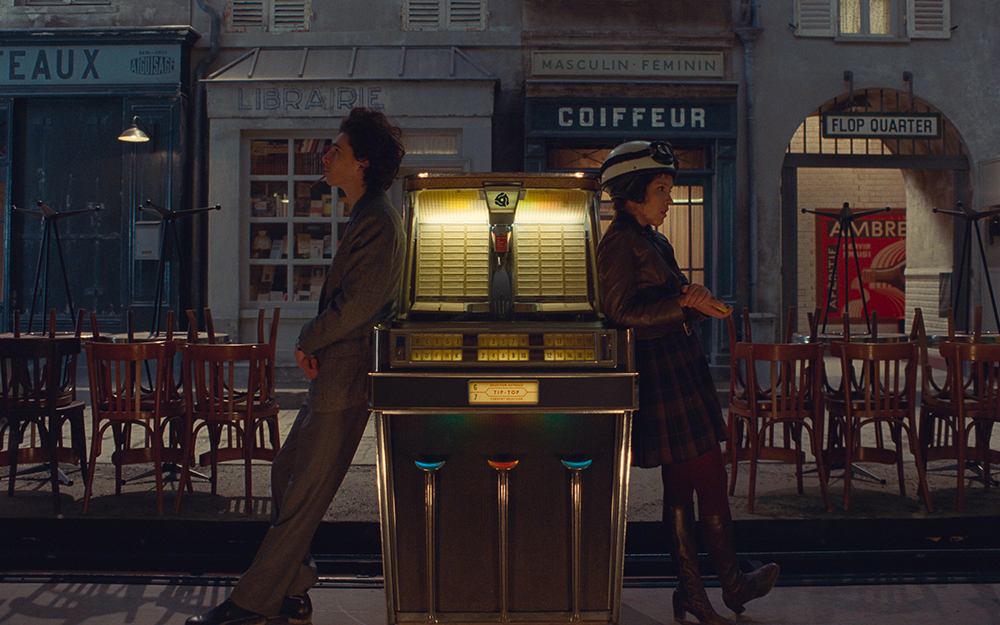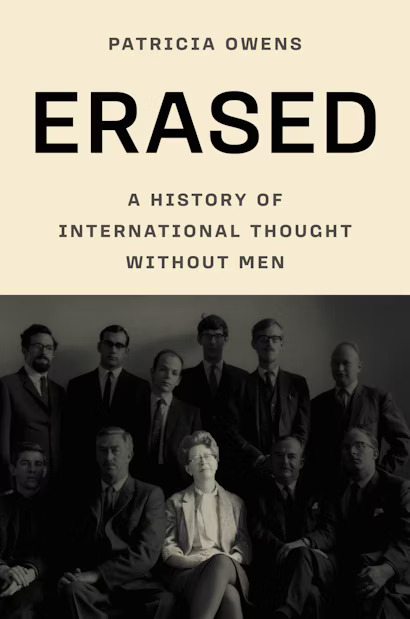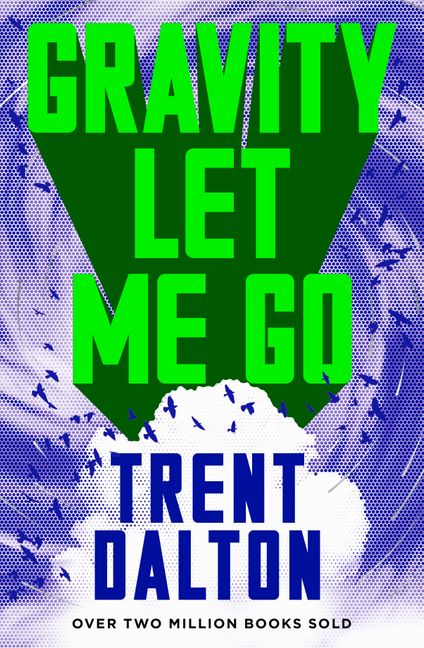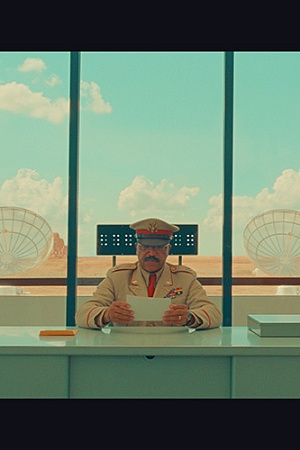The French Dispatch

Devotees of Wes Anderson know what to expect, and they certainly get it in spades in The French Dispatch. Those who sensed that the American director lost his way with The Grand Budapest Hotel (2014), may feel he has strayed even further from the simplicity of the works that made him famous, such as the understated Bottle Rocket (1996), the quirky and endearing Rushmore (1998), and that masterpiece of whimsy, The Royal Tenenbaums (2001). The Grand Budapest Hotel, Anderson’s homage to Stefan Zweig set in a European alpine resort, has much in common with his latest film; an episodic, phantasmagorical, excessive, and, at times, indulgent work. It met with mixed reviews and was described as ‘kitschy’ and ‘curiously weightless’, epithets which might apply equally to his The French Dispatch, largely for its overlong zany scenes which appear arbitrary in relation to the action. There are certainly elements of early Anderson films in The French Dispatch: cardboard cut-out sets, restricted palette, ensemble casts, attention to detail, and homage to artfulness in all areas of life (the opening sequence, showing a waiter preparing and delivering drinks, perfectly illustrates this). Nonetheless, the film lacks something of these early films – a certain je ne sais quoi, perhaps. Maybe success has allowed Anderson to venture further into the idiosyncratic at the expense of a more universal appeal. The film is largely an exercise in visual style; an example of that postmodern artform called pastiche, style without substance; or, as postmodernists like to put it: style as substance.
Continue reading for only $10 per month. Subscribe and gain full access to Australian Book Review. Already a subscriber? Sign in. If you need assistance, feel free to contact us.











Leave a comment
If you are an ABR subscriber, you will need to sign in to post a comment.
If you have forgotten your sign in details, or if you receive an error message when trying to submit your comment, please email your comment (and the name of the article to which it relates) to ABR Comments. We will review your comment and, subject to approval, we will post it under your name.
Please note that all comments must be approved by ABR and comply with our Terms & Conditions.